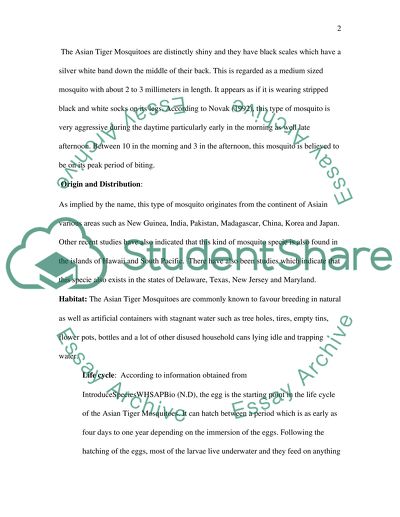Cite this document
(“The Asian Tiger Mosquito Dengue Essay Example | Topics and Well Written Essays - 2500 words”, n.d.)
The Asian Tiger Mosquito Dengue Essay Example | Topics and Well Written Essays - 2500 words. Retrieved from https://studentshare.org/miscellaneous/1565758-the-asian-tiger-mosquito-dengue
The Asian Tiger Mosquito Dengue Essay Example | Topics and Well Written Essays - 2500 words. Retrieved from https://studentshare.org/miscellaneous/1565758-the-asian-tiger-mosquito-dengue
(The Asian Tiger Mosquito Dengue Essay Example | Topics and Well Written Essays - 2500 Words)
The Asian Tiger Mosquito Dengue Essay Example | Topics and Well Written Essays - 2500 Words. https://studentshare.org/miscellaneous/1565758-the-asian-tiger-mosquito-dengue.
The Asian Tiger Mosquito Dengue Essay Example | Topics and Well Written Essays - 2500 Words. https://studentshare.org/miscellaneous/1565758-the-asian-tiger-mosquito-dengue.
“The Asian Tiger Mosquito Dengue Essay Example | Topics and Well Written Essays - 2500 Words”, n.d. https://studentshare.org/miscellaneous/1565758-the-asian-tiger-mosquito-dengue.


